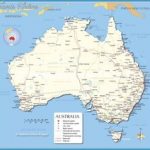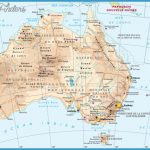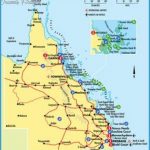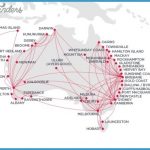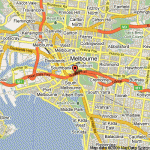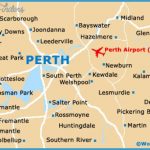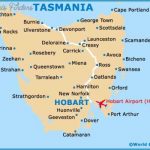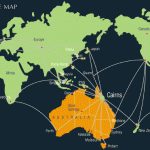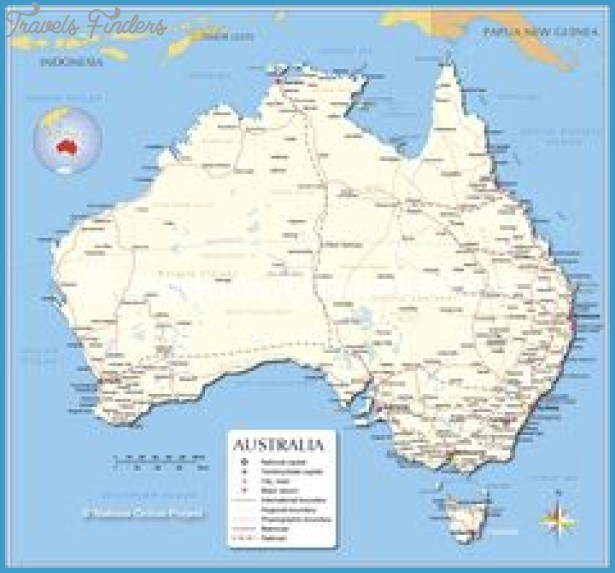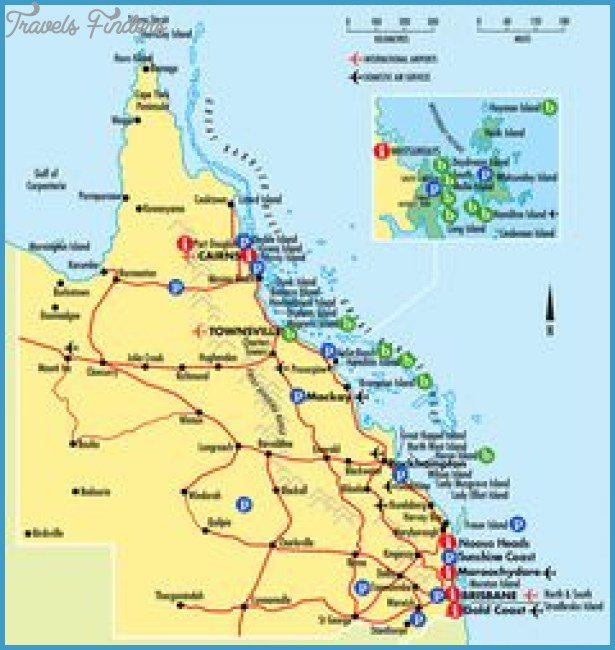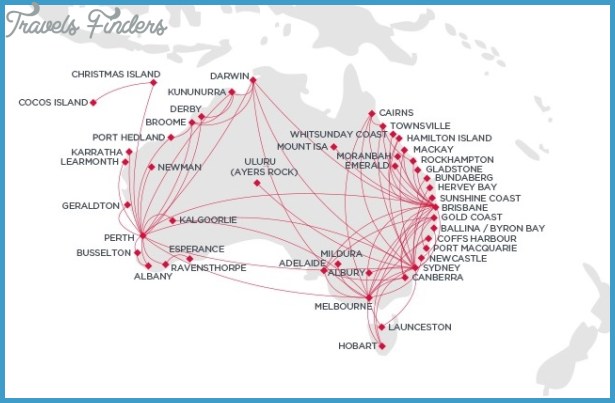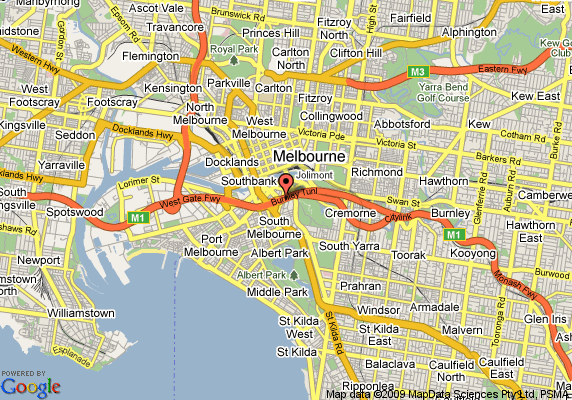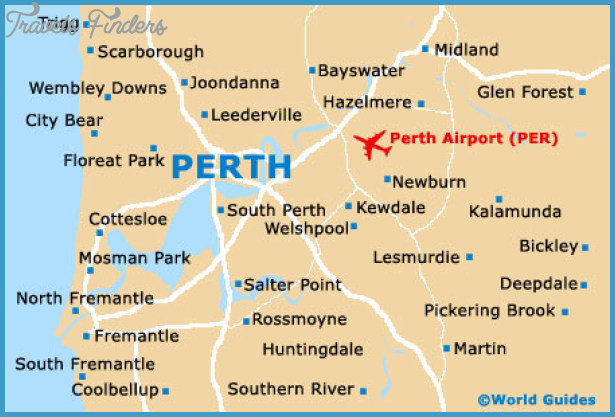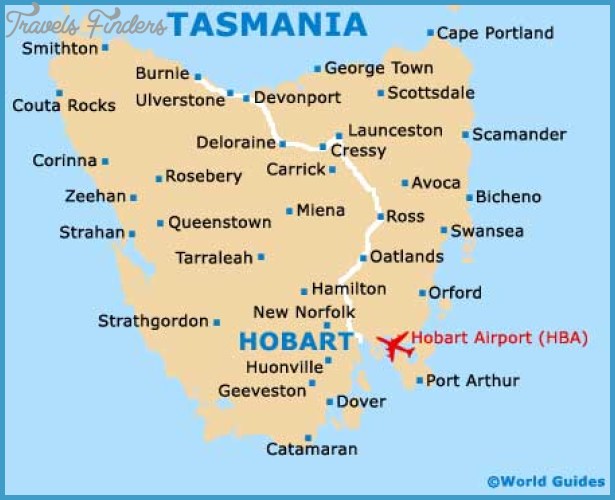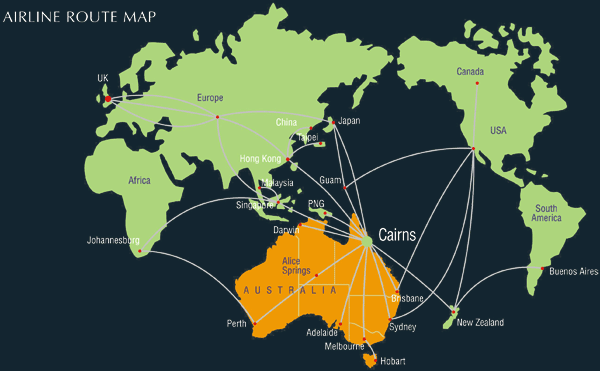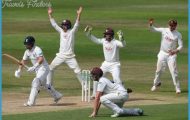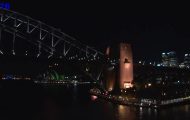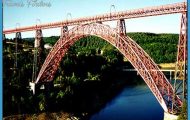‘Hang on, Roley! I shouted. ‘Hang on!’, and one of us on each side of the engine, feet jammed against a niche in the concrete at the edge of the pit, leaning right back, we began a tug o war with it. The roar reverberated from the roof, the blast tore at the roots of our hair, and the shed was full of whirling papers. The stand teetered and stuttered on the edge of the pit until I snatched the pipe off the carburettor, the petrol ran out of it, and the engine died.
After the engine had had its run, the compression was good, greatly to my relief. There had been none beforehand, and I was afraid that Kirby had been right saying that I had not ground the valves thoroughly. When I imparted the glad tidings to him, he turned up next morning and offered to help me again. I gratefully accepted. All the morning he worked away in the cargo shed, while Roley and I were in the other one. When we returned we found he had discovered the one thing on the fuselage that I had not dismantled. This was a down pipe, to lead away waste oil from the engine. It had no mechanical value.
Australia Map Airports Photo Gallery
Kirby had spotted a dent in it, and had taken it off to straighten out the dent. He pointed out to me that a job should be done properly. When the dent was straightened out the part could not be replaced, because of the trestle supporting the fuselage. It had to be left till later, when the engine was lifted by block and tackle to a rafter for dropping back into position in the fuselage, which was then moved out of the shed and fixed on to the float chassis. Now both the fuselage and the float struts were in the way of that pipe. I lost more knuckle skin over it than over the rest of the seaplane, and it was only by replacing the dent as before that I finally got the pipe back at all.
Kirby also spotted the old lock-washers still on the propeller shaft’s collar-bolts. ‘Look here, Chick, he said. You ought not to use those old washers! Surely you ordered new ones? I had made up my mind to secure those collar-bolts myself, with the idea that if a wrongly done job meant a watery entrance to the next world, I should have the consolation that it was my own fault. But not wanting to hurt Kirby’s feelings I said I had no other washers. I reckoned without his new determination to help me. He proceeded to screw home every nut on to an old washer, and I had to watch the whole operation, conscious of Roley’s laughing with his back turned, and of the new washers weighing down my pocket like lead.
Roley and I decided that it was not fair to associate Kirby with our slipshod work, and asked him to undertake the sign-writing, of painting the registration letters ZK-AKK in 3-foot letters on the top and bottom of the wings. He could do the job in his own way, and be as efficient as he wished. He said, ‘Certainly, and took away our dope trestles and used the whole packing-shed to begin setting out the letters on the first wing. Roley and I were forced to abandon our doping, and went off to look for a job in the cargo shed until Kirby had finished. He made a thorough job of it, and afterwards Roley and I nearly succeeded in taking out the dents made by his elbows in the wing surface.
Often it seemed that we should never finish but at last the time came when we had rebuilt four wings and two ailerons, painted them first with oil, and then with dope-resisting paint, taped and covered them, doped serrated tape along the line of the ribs, applied seven coats of dope to the surfaces, fitted the automatic slots and replaced the fixtures and fittings, struts, rigging wires and aileron controls. At last the overhauled motor was back in place, the fuselage beautifully enamelled inside and out, the floats carefully painted, ninety-six new screw threads through the manhole rims, the wings loosely assembled in pairs ready to fix to the fuselage, the bent float boom repaired, and the bruised longerons strengthened with steel fish plates.

